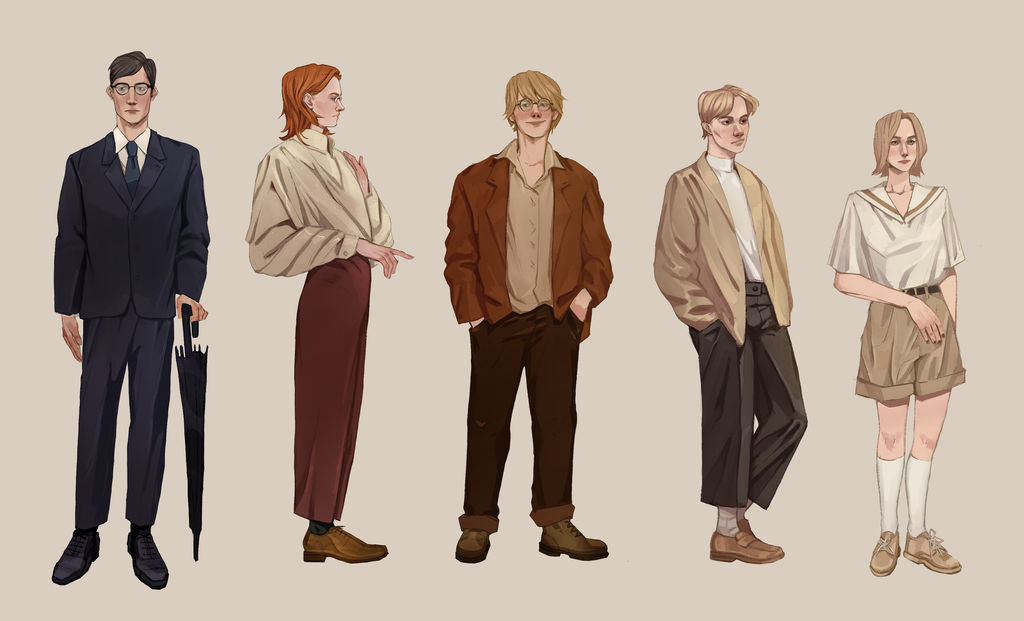
FAQ About The Secret History

How does the narrative structure, with its dual timelines, contribute to the storytelling in "The Secret History"?
The narrative structure with dual timelines is a central and highly effective storytelling device in "The Secret History" by Donna Tartt. It contributes to the complexity and depth of the story in several significant ways:
- Intrigue and Foreshadowing: The dual timelines create an immediate sense of intrigue and suspense. The novel begins with a prologue that reveals the murder of one of the characters, setting the stage for the mystery. This foreshadowing compels readers to continue to unravel the events leading up to this tragic moment.
- Tension and Unease: The alternating timelines build tension and unease throughout the narrative. The knowledge of a future tragedy hangs over the events of the past, creating a sense of impending doom. Readers are constantly drawn into the question of how the characters reach the point revealed in the prologue.
- Character Development: The dual timelines allow for in-depth character development. The present timeline, set in the aftermath of the murder, explores the characters' emotional and psychological states in the wake of the tragedy. The past timeline delves into their backgrounds, motivations, and relationships, providing a rich foundation for understanding their actions.
- Unreliable Narration: The dual timelines play a role in highlighting the unreliability of the narrator, Richard Papen. He admits to inconsistencies in his storytelling and acknowledges the imperfections in his memory. This adds complexity to the narrative, as readers are left to question the accuracy of his account.
- Moral Complexity: The dual timelines serve to emphasize the moral complexity of the story. Readers witness the characters' descent into moral ambiguity in the past timeline, while the present timeline explores the aftermath and the characters' attempts to grapple with the consequences of their actions.
- Character Motivations: By presenting events in both the past and present, the narrative structure allows readers to uncover the characters' motivations and the evolution of their relationships. It reveals how their choices in the past continue to impact their lives in the present.
- Reader Engagement: The dual timelines keep readers engaged and invested in the story. They are constantly driven to connect the dots between past and present, seeking to understand how the characters' actions in the past lead to the tragic events of the present.
- Themes of Fate and Consequence: The structure reinforces the novel's themes of fate and consequence. It suggests that the characters' actions in the past have set in motion a series of events that they cannot escape in the present, echoing the themes of Greek tragedy.
